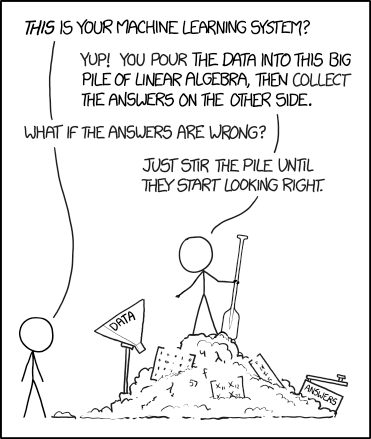Model Fit Improvement Overview
Andreas Handel
2021-10-28 19:05:39.121782
Overview
In this module, we will discuss ways one can try to improve model performance.

Learning Objectives
- Learn how to process your data to improve model performance.
- Become familiar with subset selection and regularization approaches.
- Learn about model tuning.
Introduction
While, as we discussed, having a model that performs great is not the only important goal, it is often one of the most important ones. We generally want a model with good performance. To get such a model, there are several things we can do to either the data or the model to help improve performance.
Trying different models is, of course, always an option, and possibly a good one. But even if we don’t use lots of different models, there are often things we can do to improve the performance of the model (or type of model) we are using.
We are covering several important approaches to model performance improvement here. But as we go through these topics (and the rest of the course) always keep these things in mind:
- Good performance alone doesn’t mean a model is good!
- Good performance on a scientifically wrong metric is useless!
- Good performance assessed with the data used to build the model is not too meaningful!